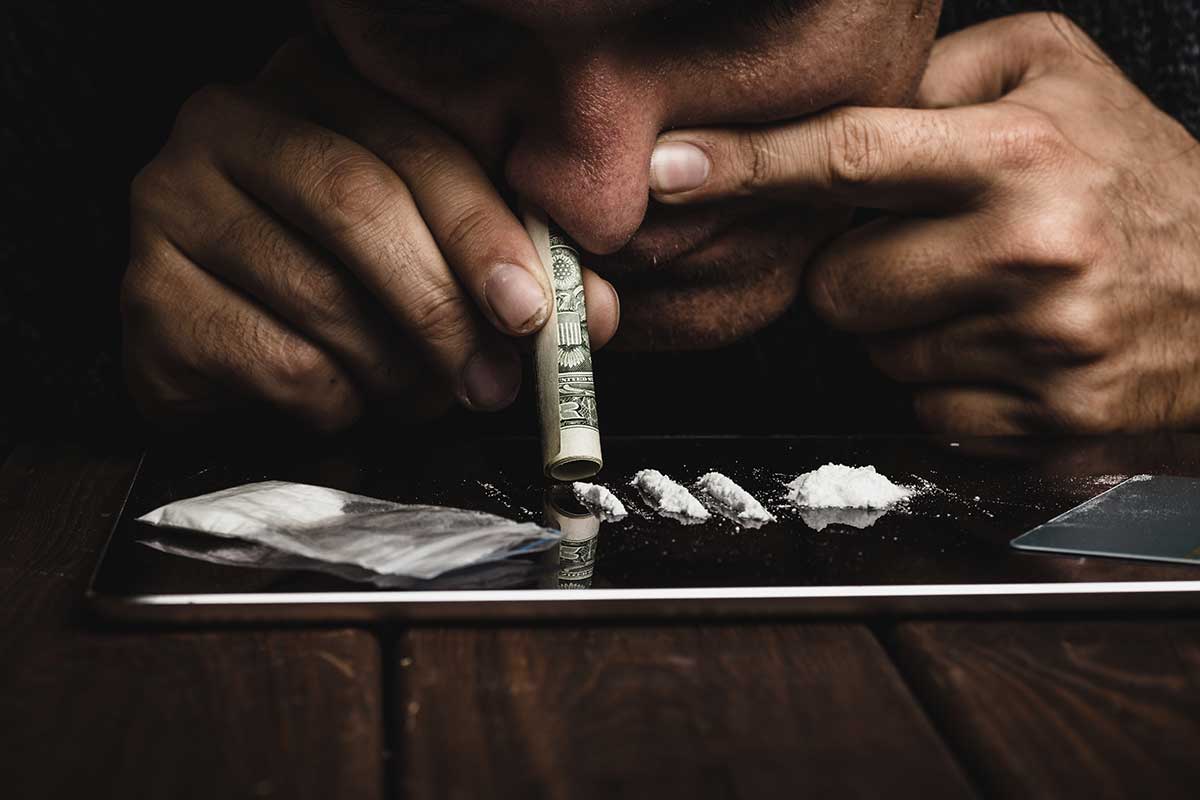H/T to The Electric’s Jenn Rowell, who broke the news: As of now, Jan Cahill, Kim Skornogoski, and Bill Bronson are the leading vote-getters among school board candidates. The operation levy stands at approximately 54.7% in favor with 45.3% opposed.
Category: GFPS
What Do We Support?
Over the course of this year’s school election, we have been critical of Great Falls Public Schools’ efforts to impose another permanent tax levy on the public. More than one of our readers have asked us: is there anything E-City Beat does support? In short, the answer is yes. Broadly, we believe in fewer regulations,…
Addiction
Does the Great Falls Public School system need a sober coach? The school district’s affliction is addiction. It is addiction to the status quo. Addiction, no matter what form it takes, tears families, communities, and yes, education systems apart. What is addiction and how does it affect the community when it strikes the GFPS school…
Two Polls On Opening State & Local Economy & Schools
Montana Governor Steve Bullock has announced that the state will begin easing restrictions put in place due to COVID-19 starting this coming Sunday and Monday, April 26 & 27, with churches and retail businesses allowed to re-open. This will be followed by bars and restaurants having the green light to open up on May 4….
Thanks To GFPS Candidates
As we receive our ballots for the school election, I just wanted to thank the candidates who responded to our question. This blog has been critical of GFPS and the school board, so each of the candidates knew they were likely to face criticism from our readers (their current and potential constituents). Nevertheless, three of…
Combating The School District’s Propaganda Machine
The school district, by way of its political action committee, Kids! Education Yes! (KEY), has been driving home two major talking points in its campaign for the levy. At best, the arguments are highly misleading. First, there is the claim that Great Falls Public Schools has cut over 100 teachers in the past 10 years…
School Board Candidate Q&A: Jan Cahill
I recently emailed all of the School Board candidates and asked them the following question: Q: In this time of crisis when residents are out of work, are you in favor of acting as Bozeman and Belgrade did by cancelling, or rescheduling the levy for a later time? E-City Beat will publish each of the candidates’…
How Much Is Enough For Tom Moore And GFPS Administrators?
Tom Moore, the Superintendent of Schools for GFPS, pockets a cool $160,000 a year — not including a robust benefits package. His predecessor, Tammy Lacey, never made annually in her tenure what Moore makes now. (Incidentally, has Moore accomplished anything close to what Lacey ever did? Does GFPS believe in equal pay? Is the School…
School Board Candidate Q&A: Kim Skornogoski
I recently emailed all of the School Board candidates and asked them the following question: Q: In this time of crisis when residents are out of work, are you in favor of acting as Bozeman and Belgrade did by cancelling, or rescheduling the levy for a later time? E-City Beat will publish each of the candidates’…
Feds To Give GFPS $2.3M; Levy Still On!
You won’t read about this in the local mainstream media, but the federal government is coming to the rescue of Great Falls Public Schools. As a result of the multi-trillion dollar federal response to the coronavirus, GFPS stands to receive $2,382,452.53 (p. 3 from the embedded .pdf via the Montana Office of Public Instruction). Of…











